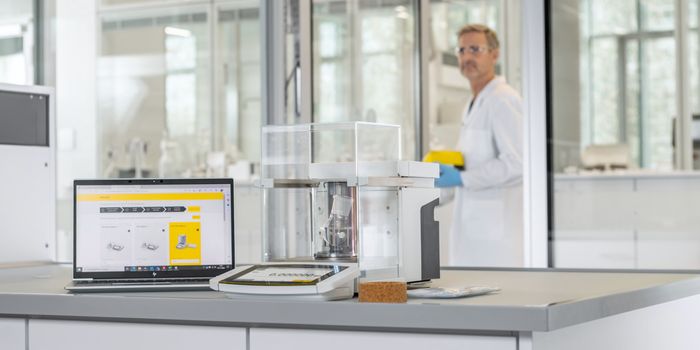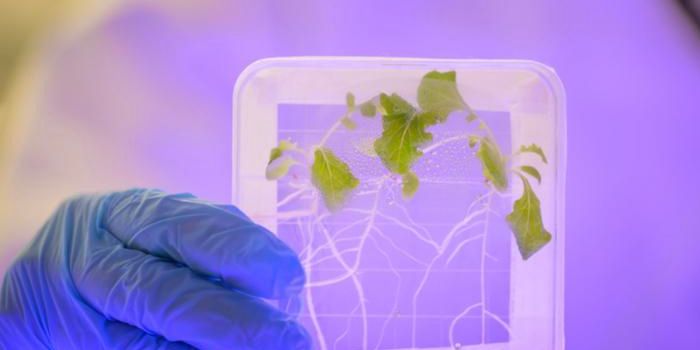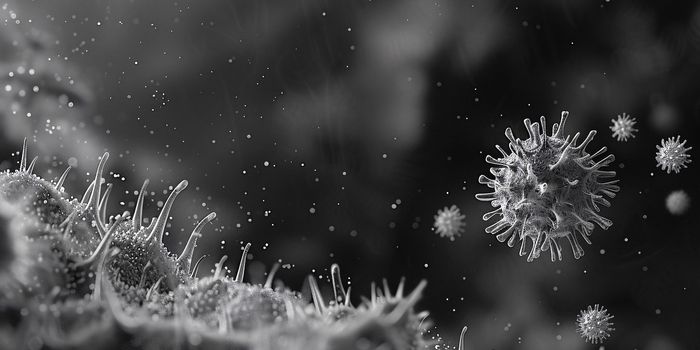Understanding & Improving Fecal Microbiota Transplants
The first fecal transplant was done in humans in 1958, but has garnered a lot of interest as a beneficial therapeutic in more recent times. New research, briefly summarized in the video below, could improve the efficacy of fecal transplants, a therapy that is being tested for a variety of conditions that affect the gastrointestinal tract and is a widely accepted treatment for recurrent infections from the Clostridium difficile bacterium.
C. dificile disrupts the microbial community living in the gut, called the microbiome. When the microbiome is perturbed, it can have a detrimental effect on health in many ways and restoration of the balance of gut microbes is important. A fecal transplant allows for the reestablishment of a healthy microbiome. The C.dificile infection causes abdominal pain and cramping as well as diarrhea. There have been a multitude of studies investigating how well fecal transplants work to aid patients, which have found that cure rates are often near 90 percent.
"Treating patients with recurrent C. difficile infection with microorganisms alone provides cure or reduction of symptoms at a rate many times higher than any drug or chemical that has ever been looked at. These cure rates of 94% and 96% are astronomical, and it is all due to the power of microbes, " said Michael Sadowsky, PhD, Director of the BioTechnology Institute at the University of Minnesota, St. Paul, Minnesota. "I think the future of medicine in the 21st century is to use the power of microbes to cure diseases."
This new work, published in mBio, an open access journal of the American Society for Microbiology, has found which microbes are most effective in the fecal transplant procedure. The microbes from donor samples were purified and transplanted into patients to find which conferred the most benefit. The researchers used next-generation sequencing to assay the microbial populations of patients and donors.
Their findings surprised them; while they met expectations by curing around 90 percent of patients, some people who had received a placebo treatment, made up of their own fecal sample, were also cured. The researchers were able to determine that the patients cured by placebo already had some types of curative bacteria in their guts, strains that were boosted when they got the placebo.
"As opposed to what we thought, complete engraftment of microbiota is not required to cure a patient," said Sadowsky. "The study provides insight into which microorganisms are the most important for curing C. difficile and may allow clinicians to better tailor therapy, by improving donor material to facilitate a more rapid, effective, and lasting cure."
Scientists can use this new data to optimize their treatments. "This paper provides us data with which microbes to supplement into our preparations," Sadowsky concluded.
If you’d like to know more about the use of fecal transplant therapy to treat C. dificile infections, check out the video above from Johns Hopkins University.
Sources: UPI via ASM, Gastroenterology & Hepatology, Johns Hopkins University, mBio
-
APR 30, 2024Immuno-Oncology Virtual Event Series 2024
-
MAY 07, 20243rd International Biosecurity Virtual Symposium
-
JUN 06, 2024The Future of Scientific Conferencing
- See More

















































